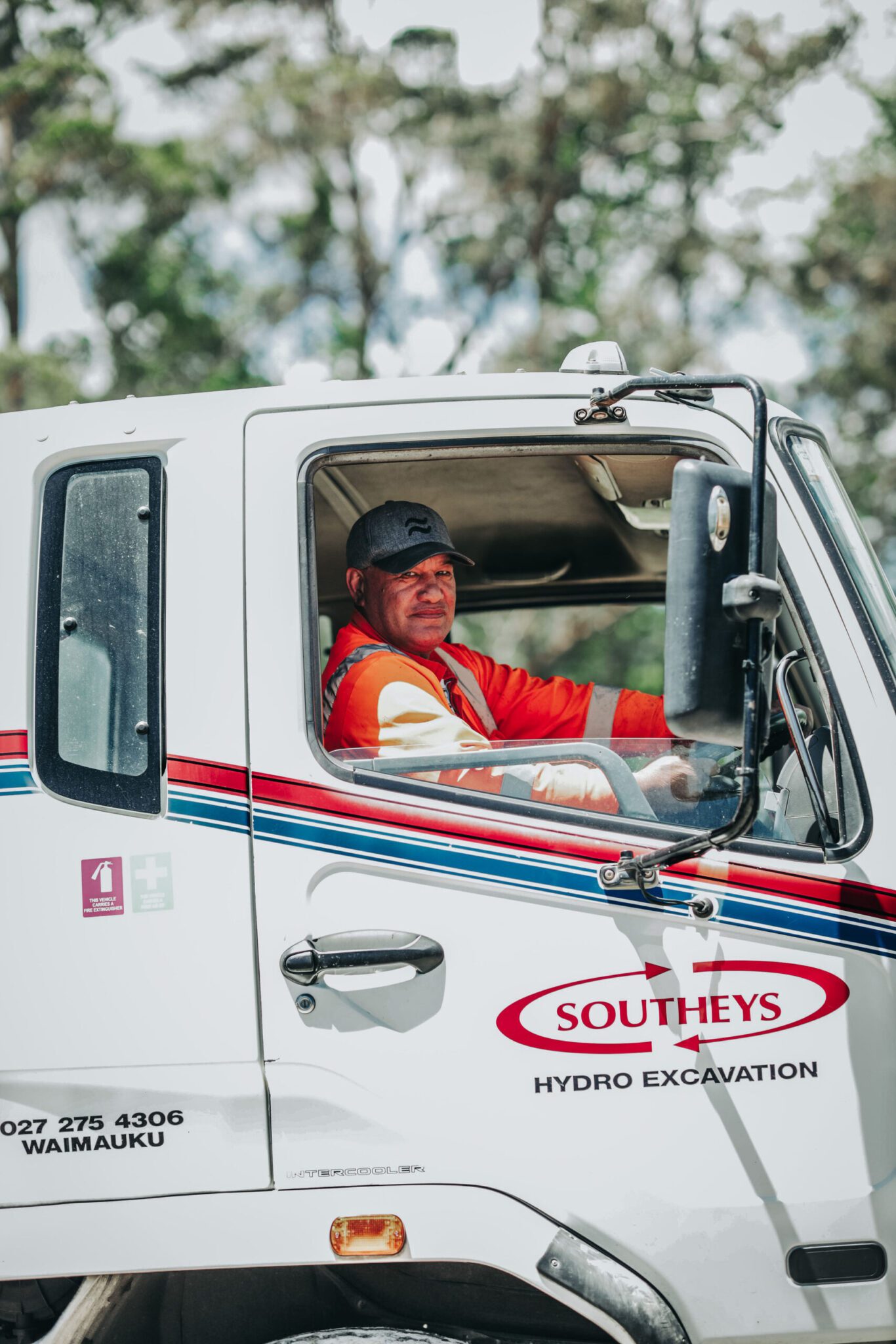Full Throttle News In Brief
Bite-sized summaries affecting transport across infrastructure, the workforce and just transition – the pathway to decarbonisation.
This month’s key articles:
- Definition of a contractor
- WorkSafe Ports of Auckland case
- New Transport Minister
Infrastructure
Workforce
Definition of a contractor
First up this year, we will see clarification of the definition of a contractor. We sent that information out to members last year. This is likely to come as early as February, and we’re not anticipating that clarification to have a negative impact on members. It should clear things up. If you have any concerns, just reach out to one of the team and we’ll answer your questions.
Worksafe Ports of Auckland case
Late last year there was a prosecution by WorkSafe of the former CEO of the Ports of Auckland. The result of that is something we’re going to keep a very careful eye on, because it has a significant potential impact on anyone who owns or is a director of a business in New Zealand. Watch out for updates from us as to whether it is appealed, or the effect of a successful prosecution by WorkSafe on general transport rules and regulations.
Just Transition - the pathway to decarbonisation
Inside Wellington
New Transport Minister
We have a change of Transport Minister and the early indications from Chris Bishop are that he will continue the work his predecessor Simeon Brown started last year at pace, so we’re not expecting our workload to decrease.
Become a Member
Enjoy a wide array of valuable benefits including access to a vast network of industry, exclusive discounts and offers, ranging from fuel discounts to legal advice.
Join NRC in 3 easy steps.

